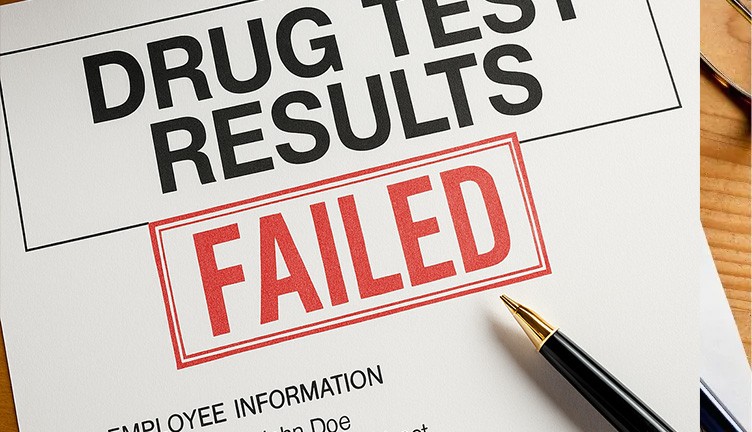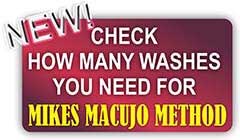Last Updated on May 7, 2025
Why Does Your Workplace Ask for a Drugs Test?
Random drugs testing is becoming more common in the workplace and in education. This is because certain employers need to be confident that all of their employees are 100% drug free. This protects the other people that work there and the people they work with.
For example, people who work with medication, in the armed forces or work with heavy machinery will often be asked to take a drugs test prior to starting their role and randomly throughout.
What Do Drugs Tests Look for?
Depending on the type of drug test that your employer uses, you can work out what sort of drug they’re looking for.
Some of the more common tests, such as hair follicle drugs tests or blood tests are the best for detecting drugs for longer periods. They can detect drugs toxins from the following drugs, even if you haven’t taken them in the last few days:
- Cocaine
- Marijuana
- Heroin & other opiates
- Steroids
- Methamphetamine
- Stimulants & pain relievers
Other tests, such as urine and breath tests could be used to detect:
- Alcohol
- Hallucinogens
- Inhalants
- PCP
The 6 Main Types of Drugs Tests
There are 6 main types of drugs tests that your employer may wish to carry out. This might be a requirement of the role and a condition of your employment, or may be random across the company, where certain people are chosen. Usually, your employer will give you a little notice before this happens.
Hair Follicle Drugs Testing
Hair follicle drugs tests are becoming much more popular in the workplace. This is because they test for most types of drug and they hold onto the toxins for much longer than other types of test. This gives a more accurate picture of how long ago it was since the participant has used drugs.
For some drugs, the toxins can be detected in the hair follicle for up to 90 days after the drug was last used.
For these tests, a few strands of hair containing the root, will be removed and taken away for testing. These tests are typically very accurate, though there are some methods of removing the toxins more quickly, should the participants be made aware of the test in time. For example, bleaching the hair or using the Mike Macujo Method, which helps to keep the hair healthy and removes drug toxins more quickly, just from a strict routine of shampoo and treatment.
Urine
Urine tests are classified as non-invasive and are very simple to do. You will be asked to supply your urine in a private location. But could be accompanied to ensure the validity of the test.
These tests usually look for traces of THC – which is found in marijuana, or steroids.
They are often used when testing for a specific drug type. While they are accurate, they can’t detect drugs from as long ago as blood or hair testing.
Sweat
Sweat tests are completed by the participant wearing a patch in high-sweat areas, such as the armpits or lower back. The patch is then removed and taken for testing. These tests are decreasing in usage, just because there is always the possibility of contamination if the patch comes loose, and they don’t test for many drug types.
Blood
These are the most accurate tests and can flag results for almost any drug. However, they are considered quite invasive, so would only normally be used if a false-positive was obtained and further testing was required.
Breath
These are conducted by breathing heavily into a hand-held machine. They are most often used for alcohol testing and only show accurate results for a few hours after alcohol use.
Saliva
These are typically used to detect traces of cocaine, heroin and marijuana. However, they only show results for the previous 3 or 4 days. If the drugs were used prior to this, then the test may not show as positive.
False-Positives & How They Happen
A false-positive result happens when a drugs test reports the presence of drugs in someone’s system, even though they haven’t taken any.
These false positives can happen simply from a lab mistake, or due to other, non-drug related substances or foods that you might have ingested recently.
There are a few things that you should avoid prior to your test, as they may show a positive result:
- Ibuprofen
- Cold and flu remedies
- Nasal decongestants
- Diet pills
- Hay fever tablets
- Hemp products
- Poppy seeds
What Happens After a False Positive?
Normally, if your drugs test shows as positive, but you’re 100% sure that you haven’t taken anything, your employer will suggest a different type of drugs test to get a second result. This may be a more invasive version of testing than you had previously. They may request a hair follicle or blood test, as these tests usually flag up toxins for the longest period.
Be prepared that you may be asked to complete this second test almost immediately after your false-positive results. This is because waiting longer may cause the test to deliver a false negative result, which is a risk to the business.






